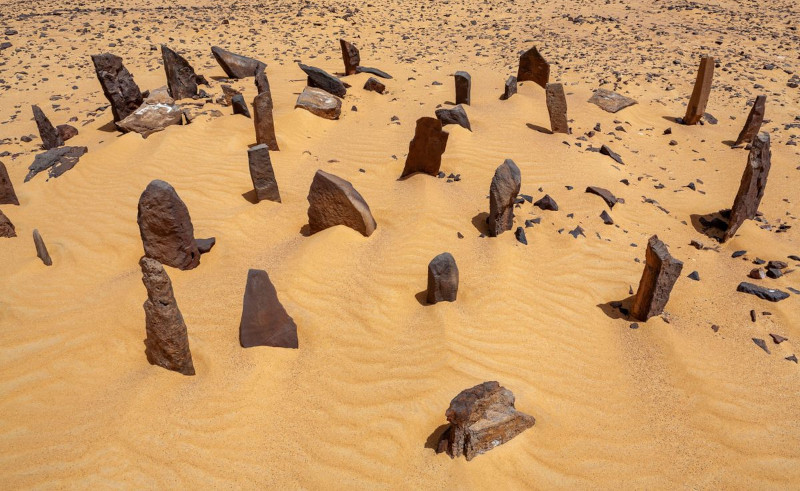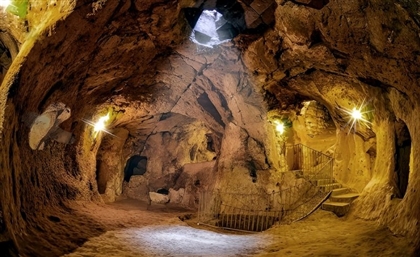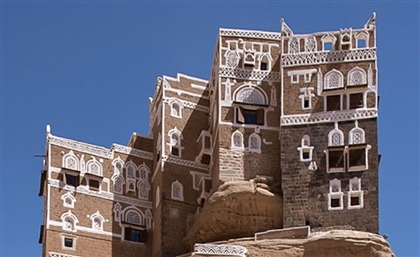Aswan's Nabta Playa is World's Oldest Astronomical Observatory
Older than Stonehenge, this Egyptian rock formation is one of the earliest ways mankind experienced the stars.

Located roughly 1,130 km south of the Great Pyramids of Giza and approximately 100 km west of the Nile is the Nabta Playa Stone Circle. Originally built as a place of worship to mark the summer solstice and the arrival of the monsoon to the locals, the megalith monuments and stone slabs were built by nomads who passed through the area over thousands of years.
Four pairs of huge stones make up the circle, which is then filled with a variety of smaller stones. According to studies presented in 2007 by Archaeo-astronomers and archaeologists, the stones may have been oriented with the stars Sirius and Arcturus, the star system Alpha Centauri, and the Belt of Orion.
The stones' discovery is still a mystery, compounded by two different historical accounts. The first one is a Bedouin legend related by Eide Mariff, who claims to have found the stones in 1973 while travelling through the Sahara. Mariff then invited his colleague Fred Wendorf, a noted American archaeologist, to the location. Romuald Schild, a longtime associate and collaborator of Wendorf, on the other hand, has a slightly different perspective on the narrative. Schild asserts that while travelling across the desert in 1973, he, Wendorf, and a group of archaeologists discovered the stone artefacts while stopping for a restroom break.
The site had been virtually untouched for over 5,000 years. However, following the publication of the first study of the site in 1998, tourists and visitors who were able to locate the circles began defacing and moving some of the stones, eventually changing its alignment. The stones are now on display at the Nubian Museum in Aswan, Egypt, where visitors can observe the historic monument from a safe distance.
- Previous Article Qatar Celebrates Tourism Boom Ahead of 2022 FIFA World Cup
- Next Article Travel Across History on Egypt's Most Iconic Bridges
Trending This Month
-
Nov 29, 2025























